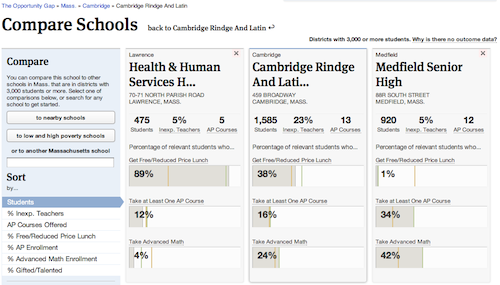Editor’s note: We are not publishing this article about data journalism blogs to bookmark just because the DJB is one of them. Alright, partly because of that but also because we think the other blogs mentioned are the ultimate references for data journalism. Also because it mentioned the Mozilla Festival and that we really loved the event. Which blogs would YOU add to the list? Let us know in the comment section!
10,000 WORDS – By Elana Zak
Today is the start of Mozilla Festival, a weekend-long celebration of sorts that brings together web developers, journalists, media educators and students to work on open web projects and learn from one another. #MozFest’s program includes design challenges, learning labs, presentations and more. There will also be plenty of time for people to simply chat with one another and possibly brainstorm the next idea that will transform the web.
One event that stood out to me calls for a group to kickstart the writing of a data-driven journalism handbook. Led by the Open Knowledge Foundation and the European Journalism Centre, the project’s goal is to create a handbook that will “get aspiring data journalists started with everything from finding and requesting data they need, using off the shelf tools for data analysis and visualisation, how to hunt for stories in big databases, how to use data to augment stories, and plenty more.”
Data journalism has quickly become a popular field yet many reporters are still in the dark about it. How do you go about getting the data? What do you do once you have the data? A perfect resource would be the data journalism handbook, but since it hasn’t been written yet, I came up with a list of six blogs that should definitely be added to your bookmarks tab, whether you’re looking for inspiration, basic skills, or advanced knowledge.
The first three are below and the last half will be published on Monday.

ProPublica is constantly creating amazing tools using data journalism. In the last year, they’ve created apps that delve into topics such as education and healthcare. On the Nerd Blog, members of ProPublica’s News apps desk not only explain the latest apps and how to use them but also how the team created them. I highly recommend you check out the post, “Scraping for Journalism: A Guide for Collecting Data.” Dan Nguyen, a ProPublica news developer, gives a step-by-step explanation of how the team created itsDollars for Docs app and shows readers exactly what tools to use to recreate the app (or even make another one.)
Almost every week, The Guardian is rolling out stories and graphics based on data journalism, many of which are highlighted on its Data Blog, making it a great place to go for inspiration. For example, take a look at their story on where the super poor are in the US. It includes maps and charts, all derived from a ton of data. While the site is aimed at already experienced data journalists, it is a great place for all levels to go and see what the experts in the field are doing.
The Data Journalism Blog isn’t specifically attached to any one news organization but instead acts more as an overall resource for data journalists. The site, led by multimedia journalist Marianne Bouchart, not only displays examples of great graphics, but it also provides how-tos, guides, and interviews with other data journalists. If you’re looking for a new concept to try out or where the next data journalism seminar will be held, I’d recommend visiting this blog.




